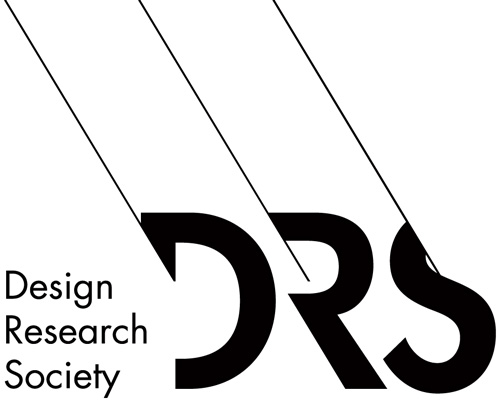
Please introduce yourself, your role in the DRS and your research.
I graduated in Architecture in 1994 from Politecnico di Milano, where I’m now full professor (https://dipartimentodesign.polimi.it/en/staff/paola.bertola), when design was still part of this branch of study, assisting to its growth and development in the School and internationally. I studied for my PhD in Industrial Design and Multimedia Communication at Politecnico, in the program initially started by Tomás Maldonado and then developed by Ezio Manzini who was, at that time, chair of the Program. During my last year of PhD study, which I completed in 2001, I had the privilege to be Scholar-Researcher at the Illinois Institute of Technology in Chicago (IIT) under the advisory of John Heskett.
This early formation tells a lot about my unexhausted interest in exploring the nature of design research, its boundaries and its potential for development. Reasons why, even if following a specialization of my research in a specific context (i.e. Cultural and Creative Industries - CCI), I never stopped investigating this dimension (https://www.researchgate.net/publication/365273909_Reading_Tomas_Maldonado_Back_to_Design_Research_Future). I engage in institutional duties supporting design research development, e.g. as Director of the PhD Program in Design at Politecnico di Milano between 2017 to 2021, currently as Deputy Director of the Department of Design at Polimi, and also as member of the International Advisory Board of DRS.
My research focuses on creative processes and design research within Cultural and Creative Industries. More recently I’ve been focusing on the role of design in driving digital transformation processes in CCI towards more sustainable paradigms.
Could you talk about the initiatives you’re involved with in the DRS?
I just joined DRS, but happy to put my experience in research and institutional duties to the service of DRS and its development. As a member of DRS, I aspire to contribute to its vision by reinforcing the understanding of design not only as an applied discipline but also as a distinctive cognitive practice, contributing to the formation of a new society of shared values, aiming at an environmentally sustainable, socially equitable and culturally inclusive paradigm. I look at design as a discipline which produces knowledge by “giving form”, and its unique ontology can help provide new perspectives on how to enable systemic changes we need though a diverse approach. Moreover, as CCI is a relevant sector increasingly considered a key component for economic and social wellbeing, I can offer DRS a strong experience within this context, contributing to the development of shared strategies for enhancing culture and creativity through design.
Five DRS Library Picks
As chairs on the PhD sessions in the last IASDR Conference, we reflected on emerging topics approached by young researchers. I specifically focused on design for social innovation. While it is a mature context of research, still particularly relevant to address contemporary issues, it struggles with limitations about its real potential impacts. In general, I think the reflection on domains of design research and practice that have emerged in the last 20 years are currently crucial to avoid ‘solutionist’ and simplistic readings, and really contribute to the scientific standing of design as a mature discipline.
Design for Balance: Reimagining Processes and Competences for Sustainable Futures
As chair of a track in the last DRS Conference in Boston, I wanted to solicit reflections on the concept of “Balance”. Too often we struggle to embrace cultural shifts that current challenges require, which for example ask us to substitute or update visions on how human societies evolve. Reflecting on the meaning of Balance stimulates the reimagination of our productive, technological, societal and cultural systems, moving away from interpreting this concept as compensation of our negative impacts.
For too long design, especially in its early stages of development, attempted to find legitimation by anchoring itself to epistemologies theorized for other research domains (i.e. engineering, social science, etc.). That’s the reason why I consider this work by Paul Hekkert and Michaël Berghman (and all of Paul writings along this trajectory) a seminal contribution to defining the nature of design, refocusing its foundation in “Aesthetics” and its philosophical implications.
This paper, even being the earliest in time, can make the link among the previous ones. It is important that design engages in its potential for enabling social change by grounding in its inner specific nature and cognitive capacity. “Giving form” does represent the way design codifies its knowledge, both in tangible and intangible ways, and that’s the trajectory to follow even when expanding its domains' and its impacts; towards what we could call, by paraphrasing Gregory Bateson in a “designerly way”, an “ecology of beauty”.
